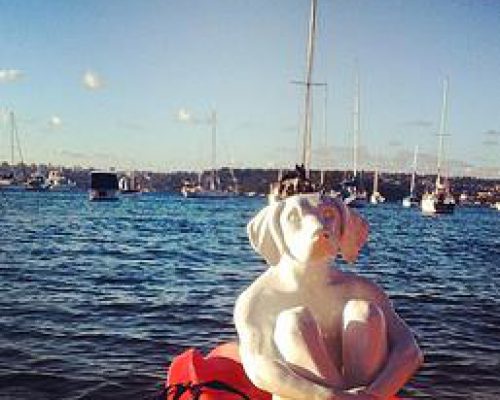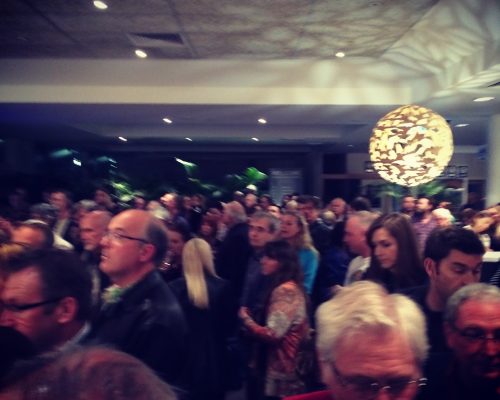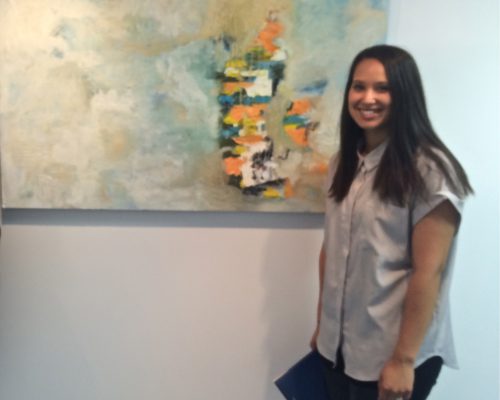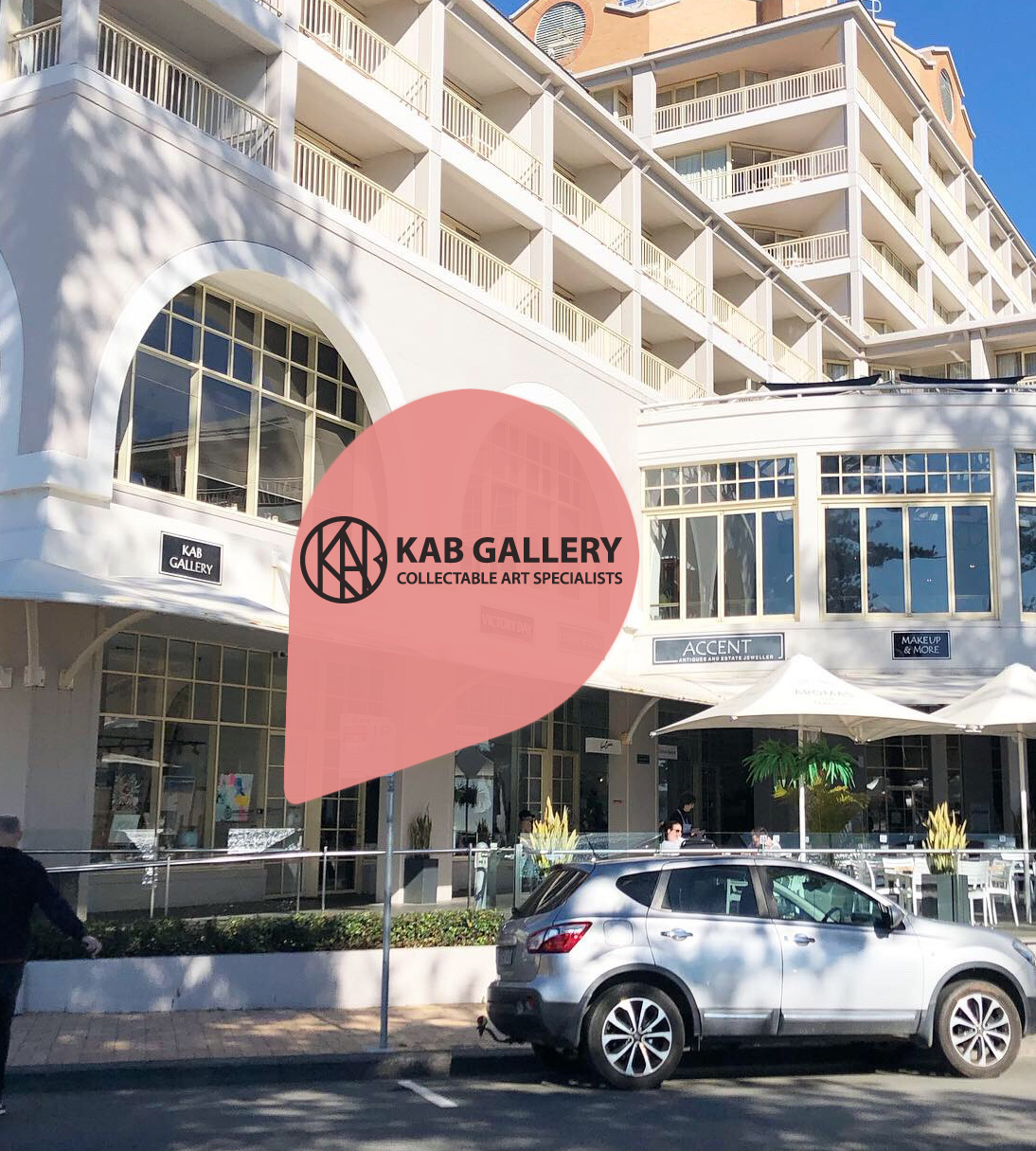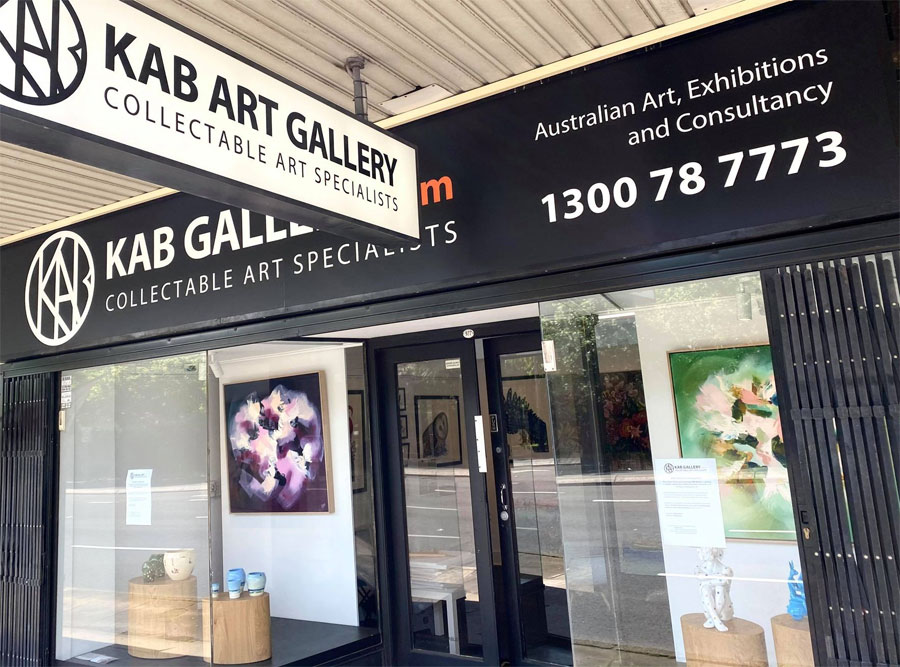The Night Sky with David Magro
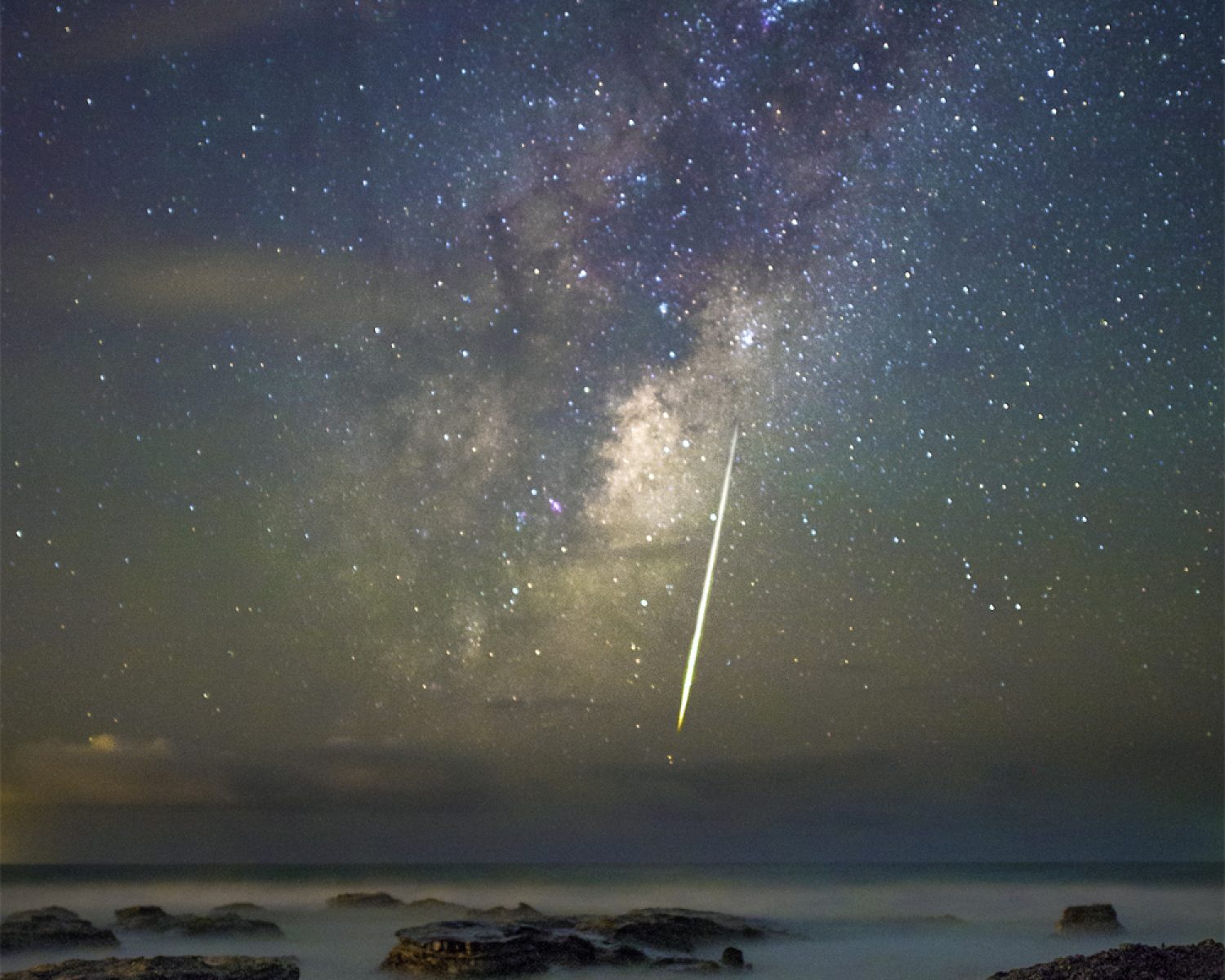
David Magro is an Australian astrophotographer living and working on the NSW Central Coast. A scientist and artist in one, his work is intriguing, creative and extremely technical. I asked him about his inspiration and star gazing experiences while documenting the beautiful night sky – this is what he had to say!
“My interest in the night sky came from spending my childhood living in the rural NSW town of Glen Innes and watching meteors streak across the sky. With almost no light pollution from surrounding areas, the sky was unbelievably bright and full of stars. Now living on the Central Coast, the stars are still bright enough to photograph without the disruption of light pollution. When shooting towards Sydney or a close by city, light pollution is picked up by the cameras sensors but it can also create a dramatic effect. At any beach along Central Coast, star-gazing is possible when you are not nearby any lights. By letting your eyes adjust to the conditions of the night we are able to see more bright and faint stars, this take between 20-30 minutes for our eyes to adjust due to the bright screens and lights we are embroiled in. Even more stars are visible when there is a new moon or the moon is below the horizon”

Soldiers Beach, NSW
When David is looking for locations to photograph, he first visits the location during the day to scout the area to overcome any challenges that may arise when he returns during the night. There are only a select few dates of the year that a place can be photographed when all the variables line up together. Advanced planning is essential. Researching tides, moon phases, light pollution, weather, cloud cover and access points are necessary to produce a single photograph.
“I have been terrorized by wildlife, spooked in secluded places, but the most memorable incident was when I was shooting The Skillion at Terrigal one night. I had walked down the side with my tripod on my shoulders then began shooting. Not long after, I heard sirens so I proceeded to walk back up to my car. As I approached my car there were 12 police cars waiting with more coming in the distance, and officers wanting to question me. After the search I was told somebody had mistaken my tripod for a rifle” he says.
David explains that astrophotography is possible with a DSLR, fast and wide lenses, and a robust tripod. As the naked eye is unable to see celestial bodies, the camera is used as an extension of our eyes to expose the hidden universe above our heads. Once the photographs are taken, post-processing the image with the RAW EXIF data on a computer is necessary to produce astrophotographs detailing the scenes only possible when the sun goes down. David also teaches astrophotography and post-processing.

“Surprises in the night occur quite often such as capturing a meteor or when the International Space Station drifts past above you. Each night is not like the one before and rare moments happen unexpectedly and fast.”
Seeing these events encourages David to spend his nights underneath the sky.
“During the day different types of atoms such as oxygen, sodium and hydroxyl molecules get photonized and excited by the sun, then at night they glow green, yellow or red which is referred to as airglow. This can be not be seen with the naked eye but the camera is able to capture the colourful spectrum of light being emitted in front of us in the atmosphere.”
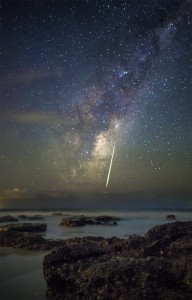
David has expert knowledge of the stars he captures . “Every star we see is within the Milky Way which is 27,000 light years away – a glimpse into the very distant past. A time where humans were using stone tools. As time moved on, we have fallen out of touch with the night sky. We no longer marvel up into the skies due to our busy schedules and we are limited by the increased light pollution from the cities we live in. But just by being away from a major city we are rewarded with an uninterrupted sky full of stars. David urges that people should escape the bright screen of television and other devices to experience just an hour in the night for a change – preferably with good company.”

